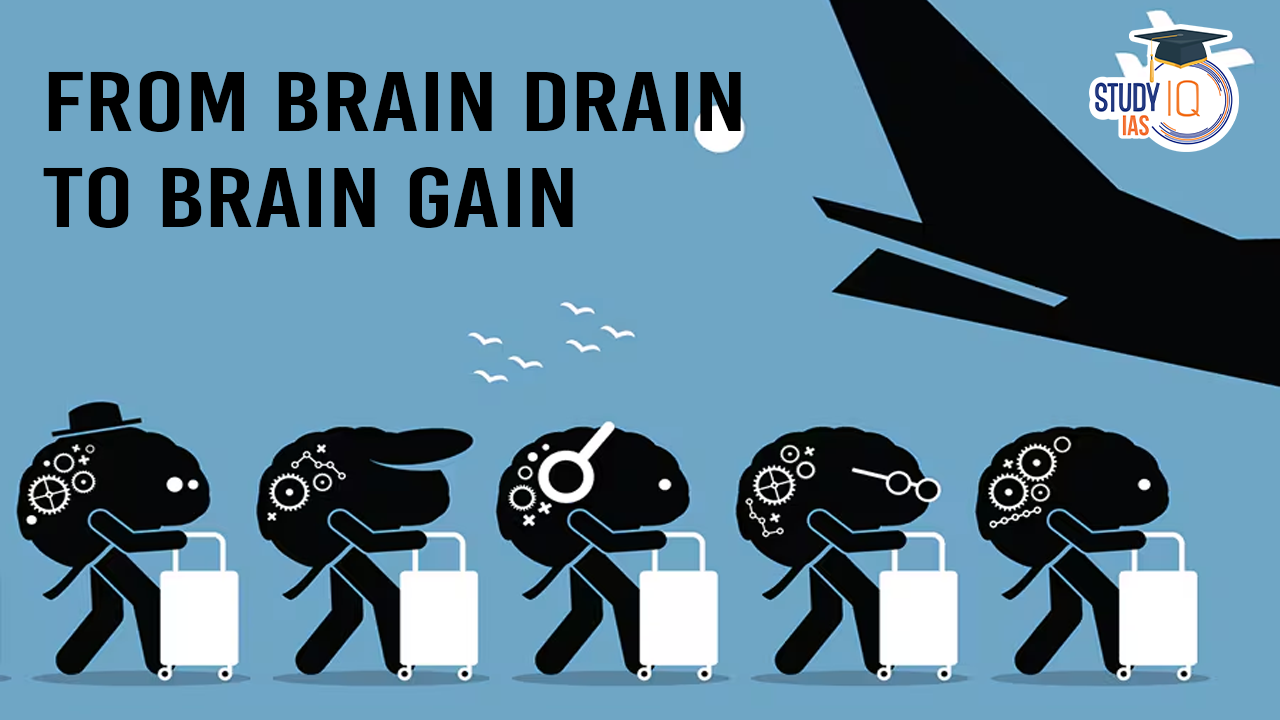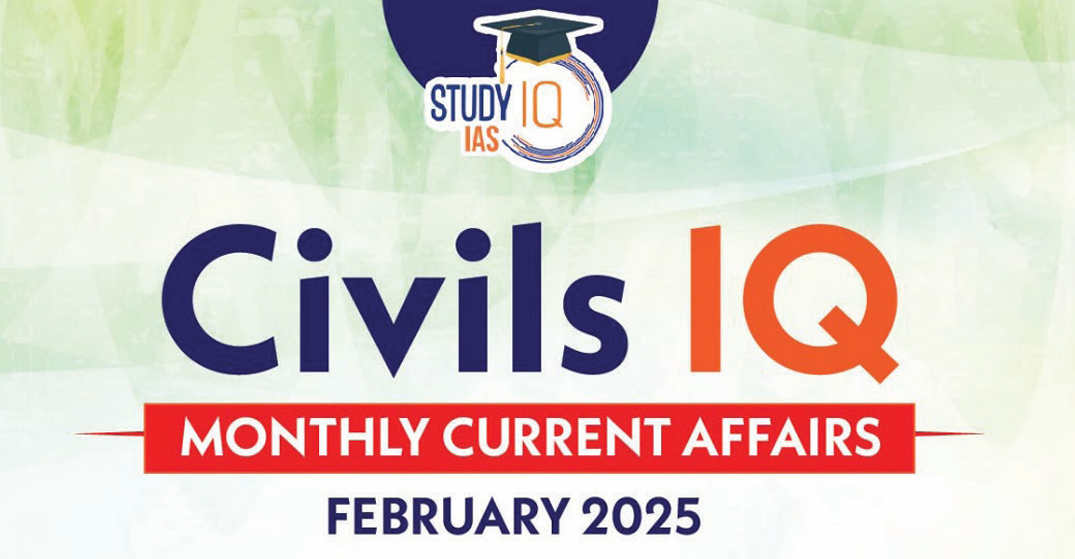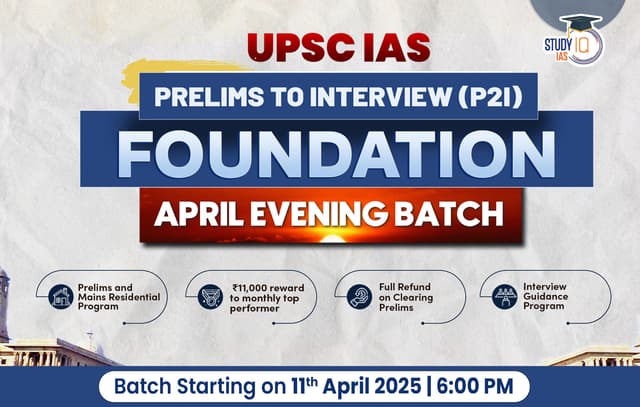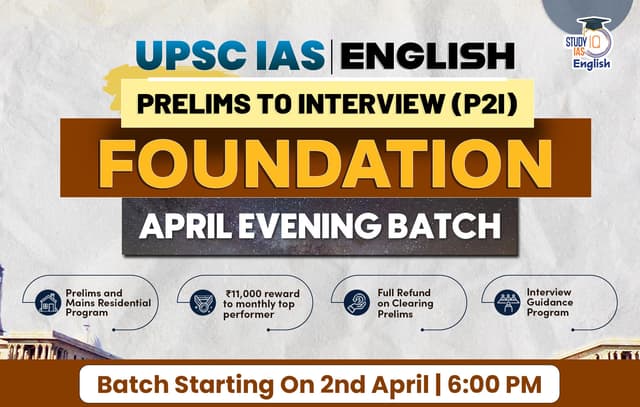Table of Contents
Context: India has become the largest source of international students in the U.S.; with a record-breaking 3,31,602 students enrolled in 2023-24, according to the Open Doors Report 2024.
Challenges in Transforming India into a Global Education Hub
Funding Constraints
- Indian universities rely heavily on tuition fees (80% of revenue in private institutions) and government grants (90% in public institutions), while globally, tuition contributes only 15-20% (Open Doors Report 2024).
- Over the past decade, India’s education spending has hovered between 3% and 4% of GDP while the US allocated 6% of its total GDP, and China allocated 6.13% of its GDP to education during the same period (World Bank Data 2023).
Quality Disparities
- Only 2 Indian universities (IIT Bombay, and IIT Delhi) feature in the QS World University Rankings 2025 Top 200.
- Outdated curricula, poor student-faculty ratios (26:1 in India vs. 16:1 in the US), and low research output hinder quality.
Research and Innovation Gaps
India’s research and development investment stands at only 0.64% of GDP while China (2.4%), Germany (3.1%), South Korea (4.8%) and the United States (3.5%).
Faculty Shortages
India has a shortage of faculty members in higher education.
Regulatory Bottlenecks
Lengthy approval processes and limited autonomy restrict Indian universities from innovating and forming global partnerships.
International Perception
India attracts only 50,000 international students, while the US hosts 10 lakh, the UK 6 lakh, and Australia 5 lakh.
Impact by Transforming Educational Institutions
- Economic Growth: Indian students spent $47 billion abroad in 2022, expected to rise to $70 billion by 2025.
- Retaining even 25% of these students could boost India’s economy by $17 billion annually.
- Employment Generation: Expansion in education and research could create 5 million new jobs by 2030.
- Soft Power & Diplomacy: By attracting international students, India could enhance global influence, as seen in China’s success in drawing 5 lakh students annually.
- Reduced Brain Drain: India loses over 1 lakh students annually to the US, with 65% staying abroad after graduation. Strengthening domestic institutions can reverse this trend.
- Global Talent Attraction: If India increases international student intake to 5 lakh by 2035, it can become a regional education hub like Singapore and Australia.
| Recent Announcements in Union Budget 2025-26 |
|
What Needs to Be Done?
- Diversify Funding: Increase endowments and research grants to form 30-35% of university revenue, reducing reliance on tuition and government funding.
- Provide tax incentives to encourage corporate and alumni contributions.
- Enhance Autonomy: Implement National Education Policy (NEP) 2020 reforms to grant universities greater control over academic decisions.
- Strengthen Research & Innovation: Increase R&D spending from 7% to 2% of GDP.
- Establish at least 10 globally competitive research universities by 2035.
- Upgrade Infrastructure: Build 100 world-class universities and upgrade existing IITs/NITs with state-of-the-art facilities.
- Improve Faculty Quality: Introduce global faculty exchange programs and offer competitive salaries to attract top talent.
- Streamline Regulations: Simplify approval processes for new courses, foreign collaborations, and industry partnerships.
- Boost Global Visibility: Launch international branding campaigns to position Indian universities as world-class institutions.


 Topological Materials: The Future of Qua...
Topological Materials: The Future of Qua...
 China’s Deep Sea Station in South Chin...
China’s Deep Sea Station in South Chin...
 Project ICE-CRUNCH: India-Switzerland Co...
Project ICE-CRUNCH: India-Switzerland Co...





















